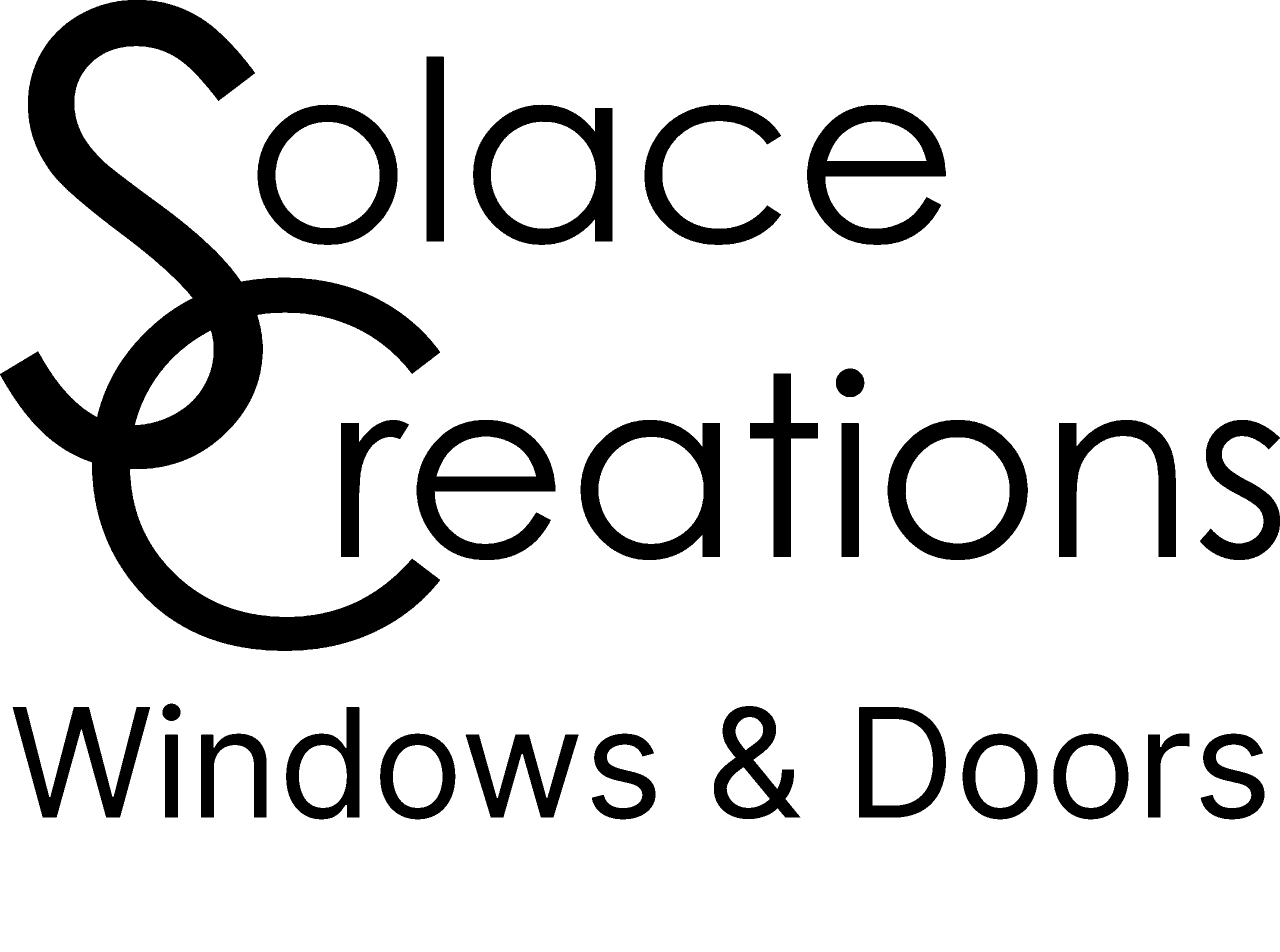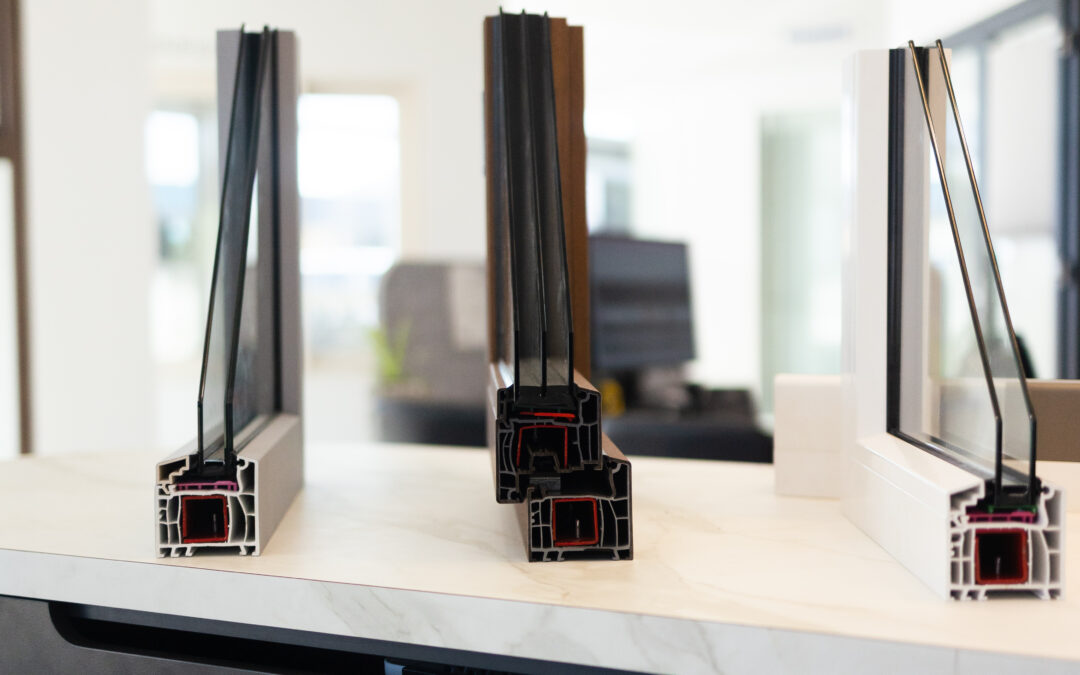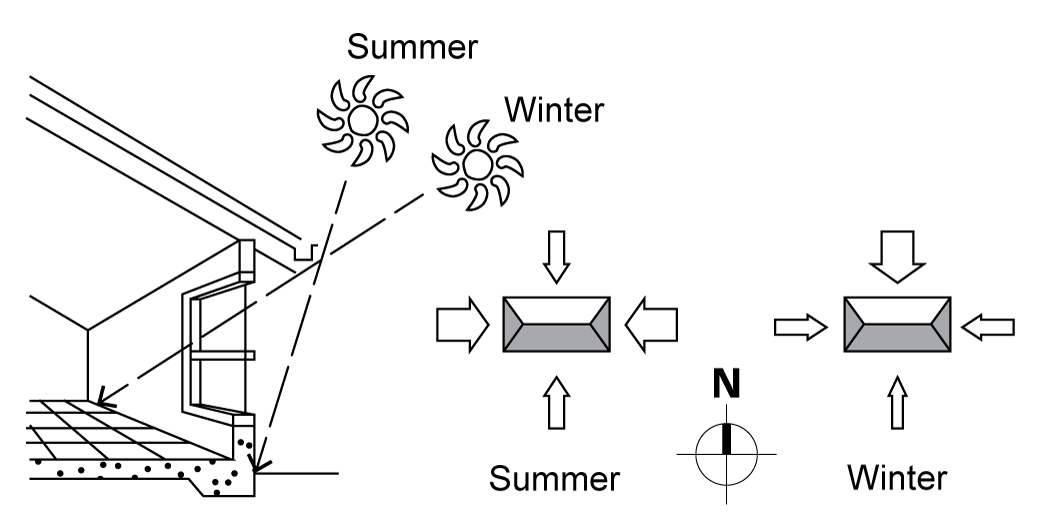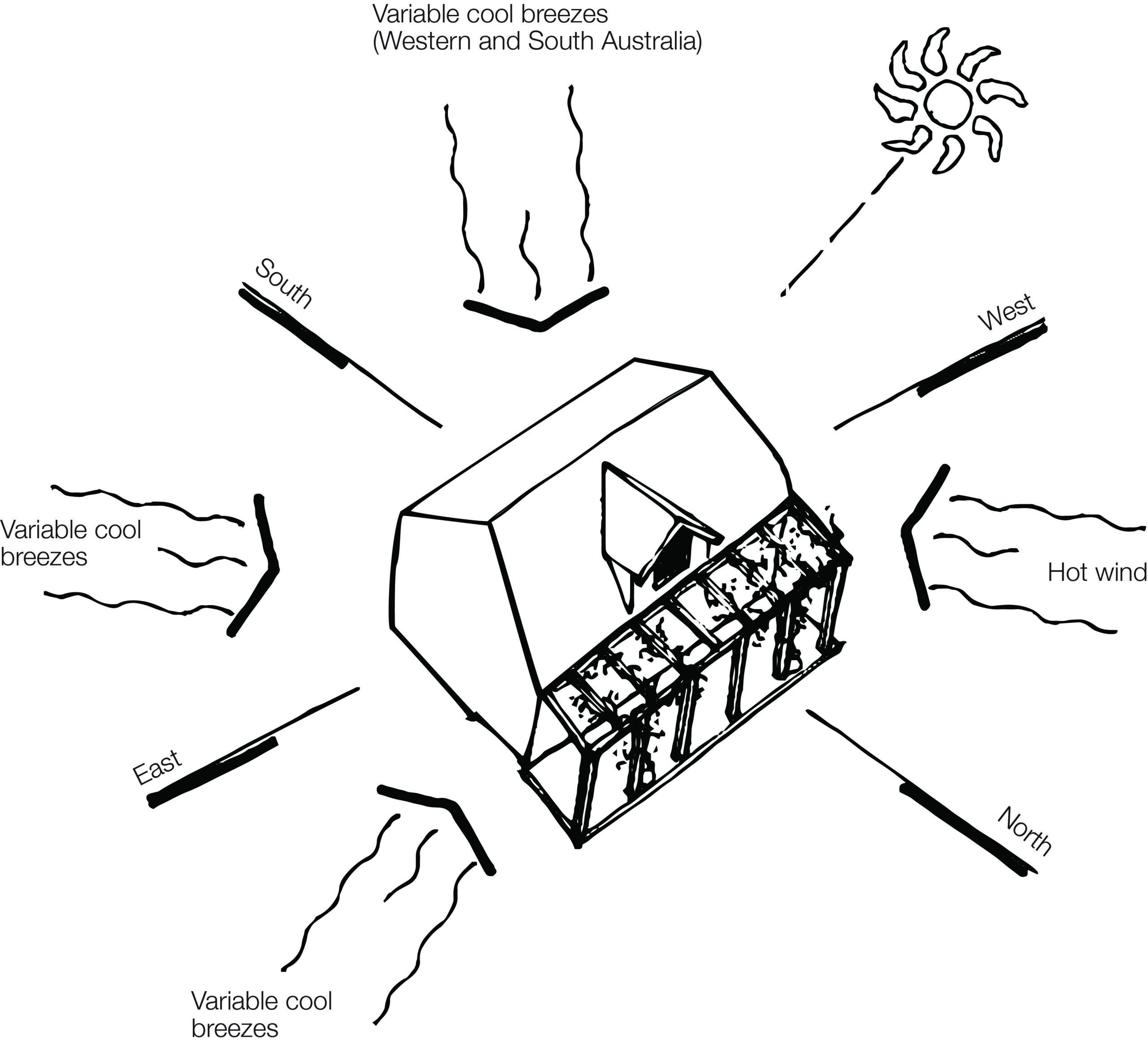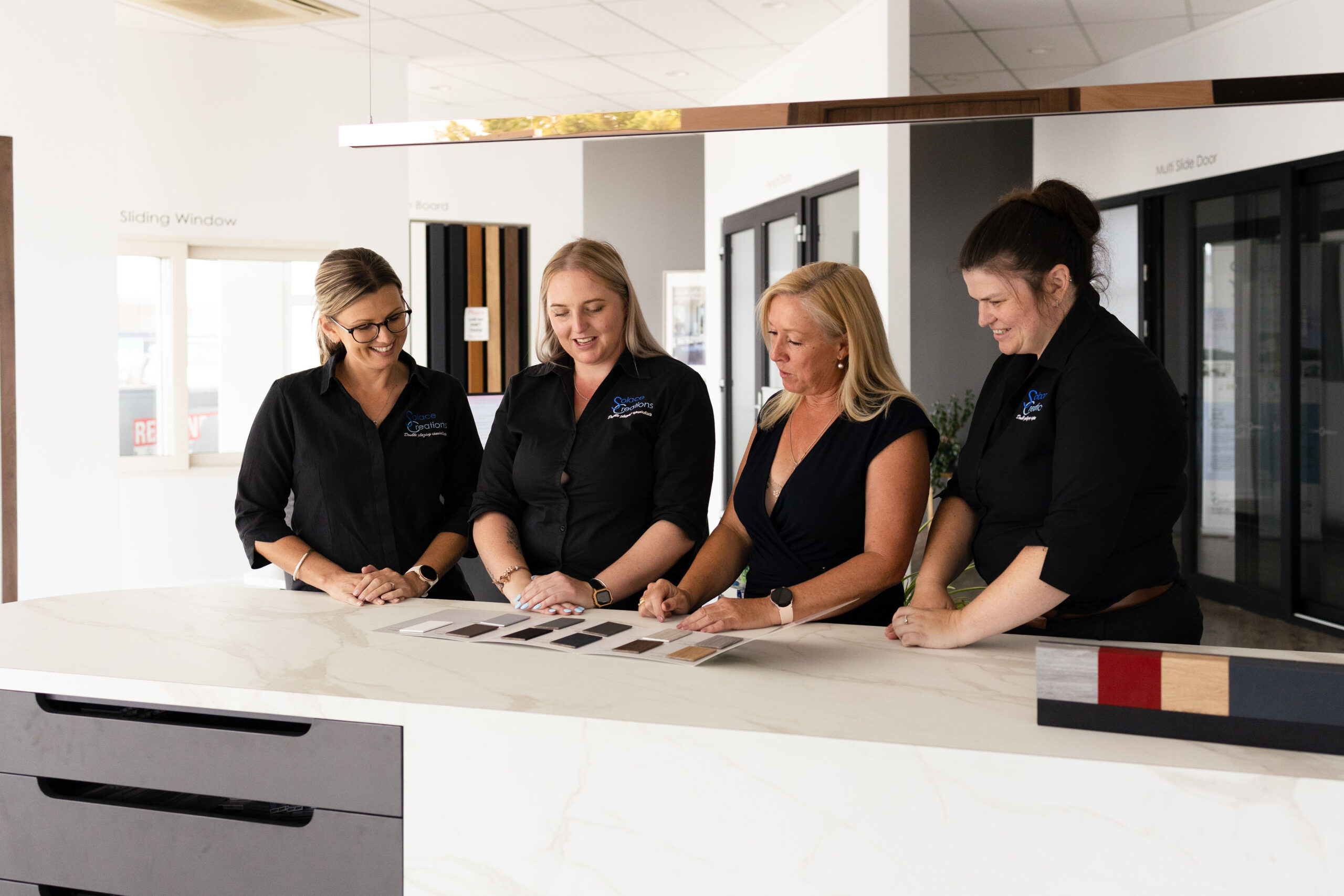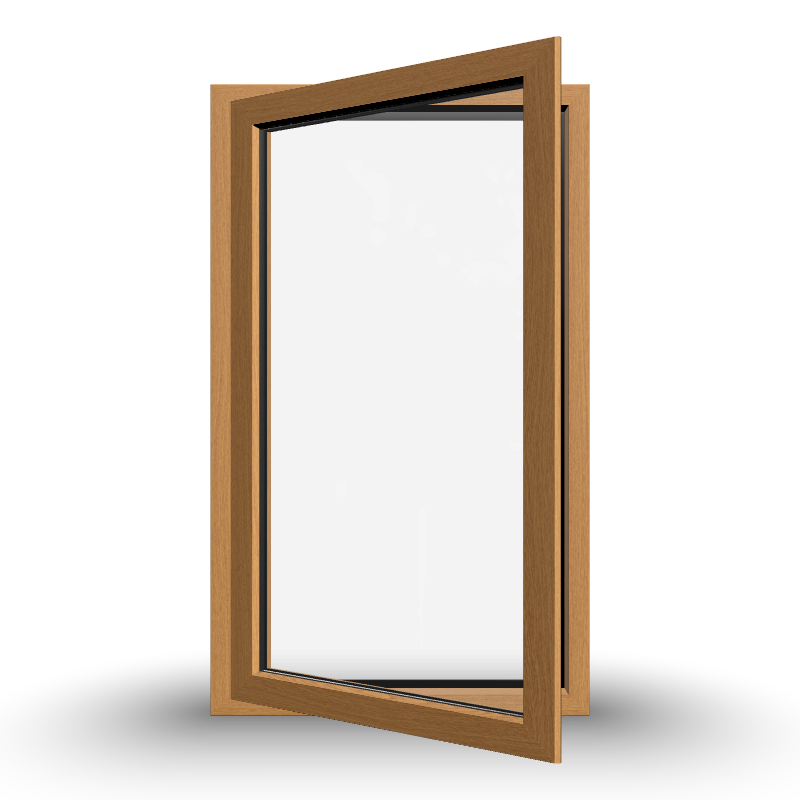How to Achieve Your EER
If you are building a new home, you will require an EER (Energy Efficiency Report) to comply with local building regulations and energy efficiency standards, ensuring your home meets minimum performance requirements for sustainability and thermal comfort.
The National Construction Code defines 8 different climate zones in Australia, rated from 1 hottest to 8 coldest. Knowing which climate zone you are building in is essential to suit local conditions. In Canberra, we are classified as a Climate Zone 7, a cool temperate area.
We often use our heating for 8-10 months out of the year in our homes, so why wouldn’t we take advantage of the sun’s free heating through smart design?
Canberra is a cool temperate climate zone 7

In many cases, architects, builders, or homeowners will seek the EER assessment prior to designing their windows and doors, which we discourage. In order to have a more comfortable home, it is important to have a window and door design consultation before the formal EER assessment is done. This ensures that the design can optimise energy efficiency, thermal performance, and overall comfort, rather than having to make costly design adjustments later to meet the required standards.
At Solace Creations, we like to specify windows based on elevations, unlike NatHERS assessors who generally do a whole house approach for the uValue and SHGC, which isn’t as realistic, because every side of your house has a different need in winter and summer. Basing window and door designs on elevations will mean that you can manage your heating and cooling more effectively and harness the elements for your benefit. By doing your window consultation first, you can give input to your assessor, including individual ratings for each window and door, which will provide a more realistic EER (energy efficiency report) for your new home.
A key part of this process is considering the U-value and Solar Heat Gain Coefficient (SHGC) rating of the windows and doors. The U-value measures the rate of heat transfer through a window or door; lower U-values indicate better insulation and reduced heat loss. The SHGC rating measures how much solar radiation is transmitted through the glass and absorbed as heat. A balanced SHGC is crucial for maintaining comfortable indoor temperatures—higher SHGC can benefit Canberra by maximising heat gain. Properly selecting glass types with appropriate U-values and SHGC ratings can significantly impact the home’s overall energy efficiency, comfort, and compliance with EER requirements. When we design your windows and doors, we will specify different glass types to suit each orientation to provide you with the most comfortable home that is more affordable to heat and cool.
Selecting the Optimal Glass
There are many glass types to choose from depending on performance and style considerations. The main types we focus on for achieving your EER assessment are:
• Low E Plus or Low E Max
Low-emissivity (Low-E) glass is a type of glazing that has a special coating to reduce heat transfer by reflecting infrared energy.
• Laminated Glass
Laminated glass consists of two or more layers of glass interlayered with a PVB, which enhances its strength, sound insulation, and UV protection, while also improving safety by preventing shattering upon impact.
North Facing
In winter, the sun sits lower in the sky, allowing sunlight to enter through your windows, where it is trapped by double glazing, helping to warm your home naturally. While this provides beneficial warmth, it also allows harmful UV rays to enter, which can cause fading to your furnishings, floors, and artwork. To protect against this, we recommend using laminated glass on these windows, which blocks up to 99% of UV rays while still allowing natural light in. Additionally, incorporating 600mm eaves on the north side of your home is beneficial. These eaves are designed to block the higher summer sun, reducing heat gain and keeping your home cooler during the hotter months while allowing you to take advantage of the winter sunlight.
East Facing
The east side of your home receives morning sun throughout winter and summer, which can be advantageous for natural heating but also requires careful management. To achieve the best results, laminated glass combined with adjustable shading solutions such as deciduous trees, external roller blinds, or internal blinds is recommended. Laminated glass reduces UV exposure, helps control glare, and enhances insulation. The external shading options allow you to fine-tune the amount of sunlight entering the room, giving you greater flexibility in managing indoor temperatures. In winter, you can allow the sun to warm the space, while in summer, you can block excess heat, ensuring year-round comfort and energy efficiency.
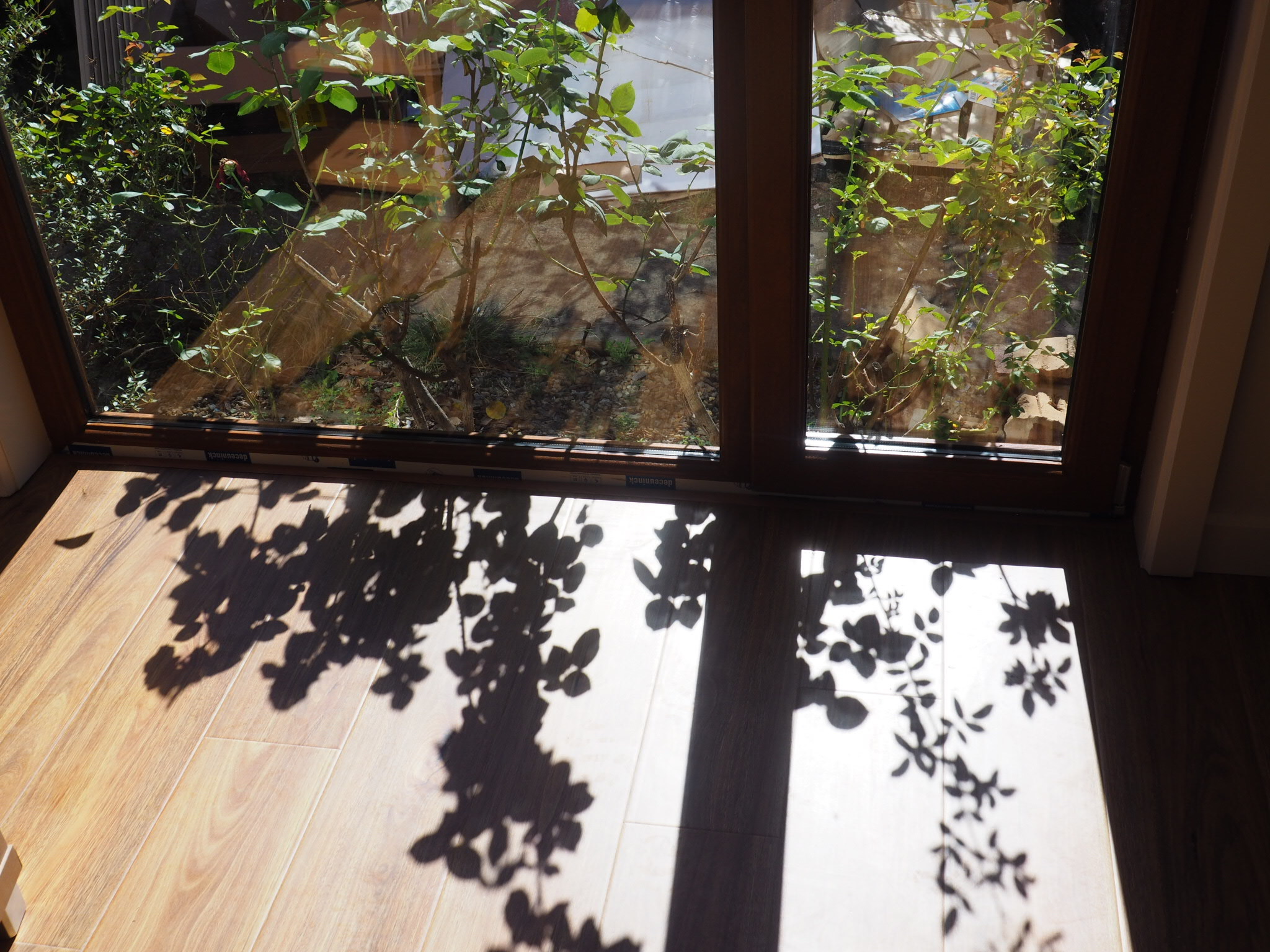
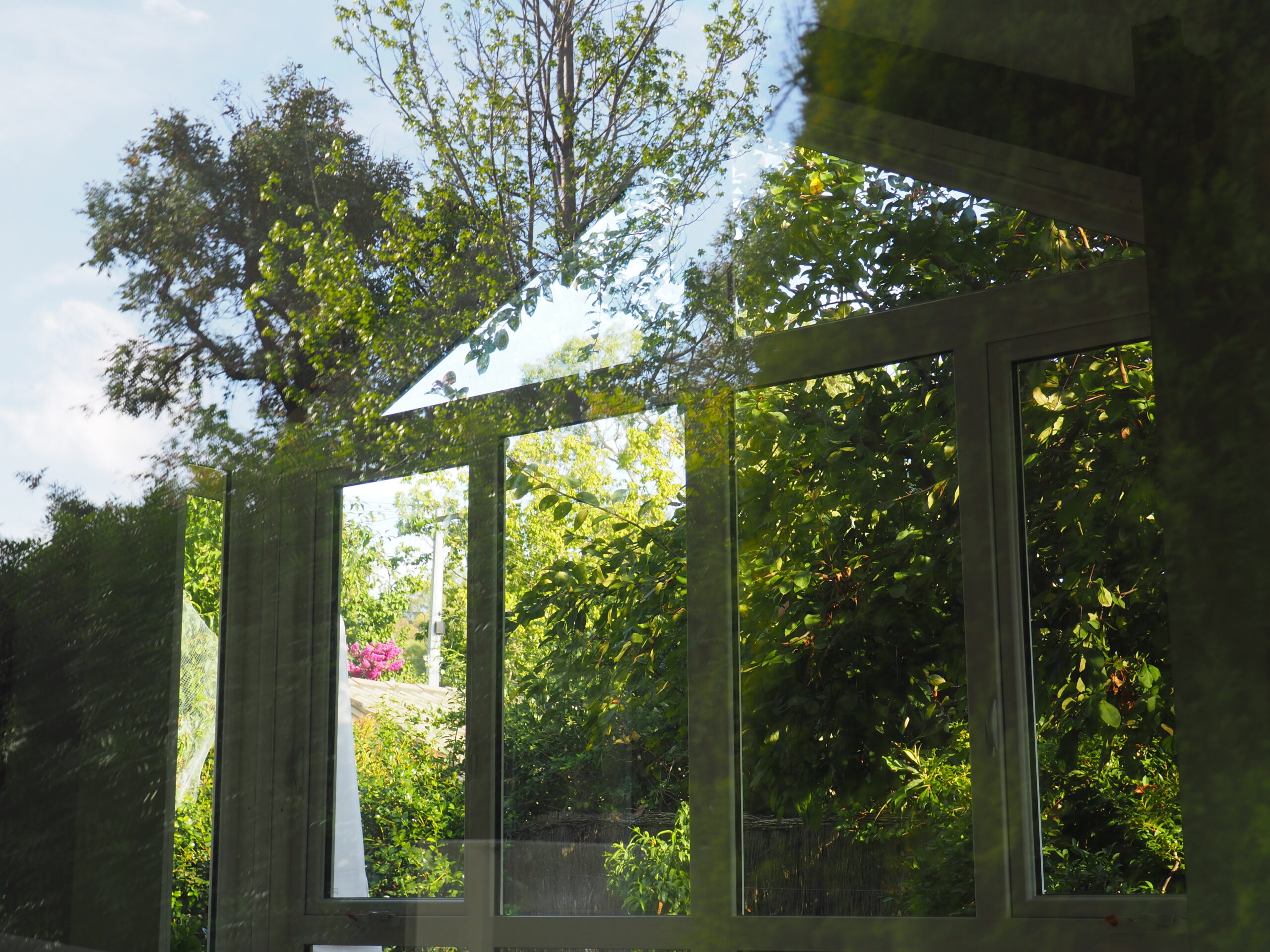
South Facing
The south side of your home receives no direct sunlight at any time of the year, making these rooms naturally colder. To help retain warmth in these spaces, it’s beneficial to use low-E (low-emissivity) glass, which enhances the insulation properties of your windows and doors. Low-E glass has a special coating that reflects indoor heat back into the room, reducing heat loss and keeping these areas warmer and more comfortable. This type of glass not only helps maintain consistent indoor temperatures but also improves energy efficiency by reducing the need for excessive heating during colder months. Proper insulation combined with low-E glass ensures that the warmth generated inside stays where it’s needed most.
West Facing
The west side of your home receives intense afternoon sun during the summer, which can lead to overheating. To prevent this, it’s essential to use effective shading solutions, limit westerly-facing windows, or opt for Low-E Max glass. This specialised glass is designed to reflect a significant portion of the sun’s heat, bouncing it back outside while allowing around 27% of natural light to enter the home. Low-E Max glass strikes a balance between blocking excessive heat and maintaining a well-lit space. Additionally, incorporating external shading options like awnings or strategically placed vegetation can further reduce heat gain, keeping your home cool and comfortable even during the hottest months.
WERS (Window Energy Rating Scheme) for Each Elevation
The Window Energy Rating Scheme (WERS) evaluates and labels windows based on key factors like U-value and Solar Heat Gain Coefficient (SHGC), which determine their overall energy efficiency in different Australian climates. WERS ratings take into account both the insulation (U-value) and heat control (SHGC) properties of windows. The scheme combines physical testing with computer simulations to assess the performance of fenestration products. The table below provides energy ratings for sliding windows, factoring in the combined performance of both the frame and glass.
| Elevation | Window Style | Glass Type | U-value (WERS) | SHGC (WERS) |
| North facing | Sliding | 6.38 Laminate/12/6 | 2.6 | 0.54 (54% of the sun can enter your home) |
| East facing | Sliding | 6.38 Laminate/12/6 | 2.6 | 0.54 |
| South Facing | Sliding | Low E Plus 4/12/4 | 1.8 | 0.44 |
| West Facing | Sliding | Low E Max 6/12/4 | 1.8 | 0.20 |
In conclusion, creating a comfortable, energy-efficient home starts with making informed design choices early in the planning process. By working with us in the initial stages—before your EER assessment—you ensure that key aspects like window and door design, glass selection, and shading solutions are optimised for both comfort and energy performance. We provide a tailored window and door schedule that notes the U-value and SHGC ratings for each item. This proactive approach not only helps you meet regulatory requirements but also tailors your home to suit your lifestyle, ensuring year-round comfort, lower energy costs, and a space that truly feels like home.
Solace Blog
Welcome to the Solace Creations blog. Discover further information about our products and offerings, check out our major projects and before & after casestudies.
Information
Learn more about the world of insulated windows and doors
Before & After
Out with the old and in with the new, watch these homes transform
